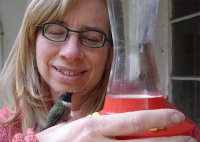Pulsegleaner
Garden Master
- Joined
- Apr 18, 2014
- Messages
- 3,648
- Reaction score
- 7,309
- Points
- 306
- Location
- Lower Hudson Valley, New York
They are; they are another species of Isabelline moth. Technically, milkweed tussock moths look like wooly bears too albeit punk ones with Mohawk jobs dyed bright orange which I find reinforces the note to not touch them (those hairs are extremely irritating and can cause a really nasty rash; far nastier than a wooly bear can (wooly bears don't cause me a rash, but I understand there are more sensitive people whom they do.)

